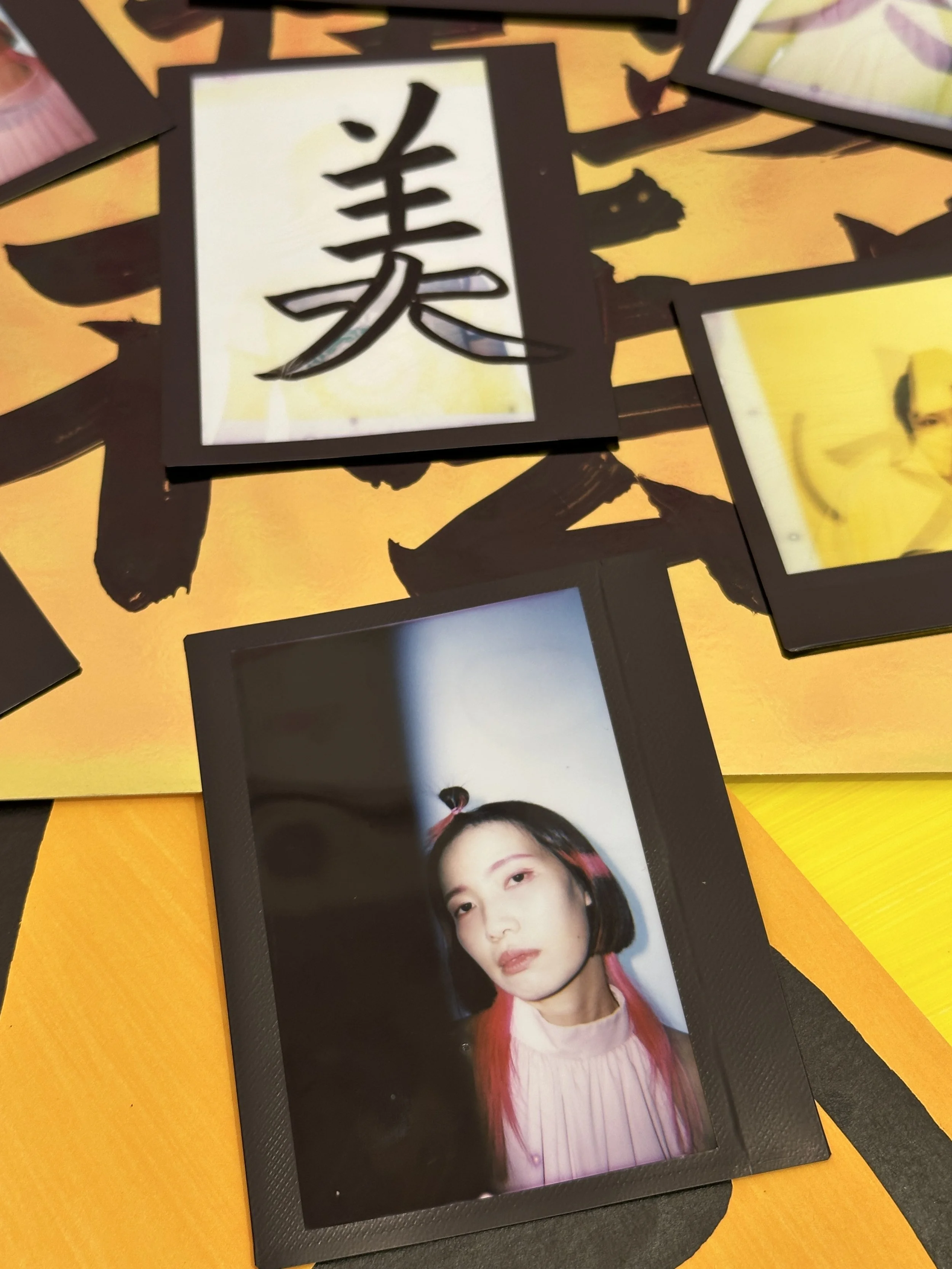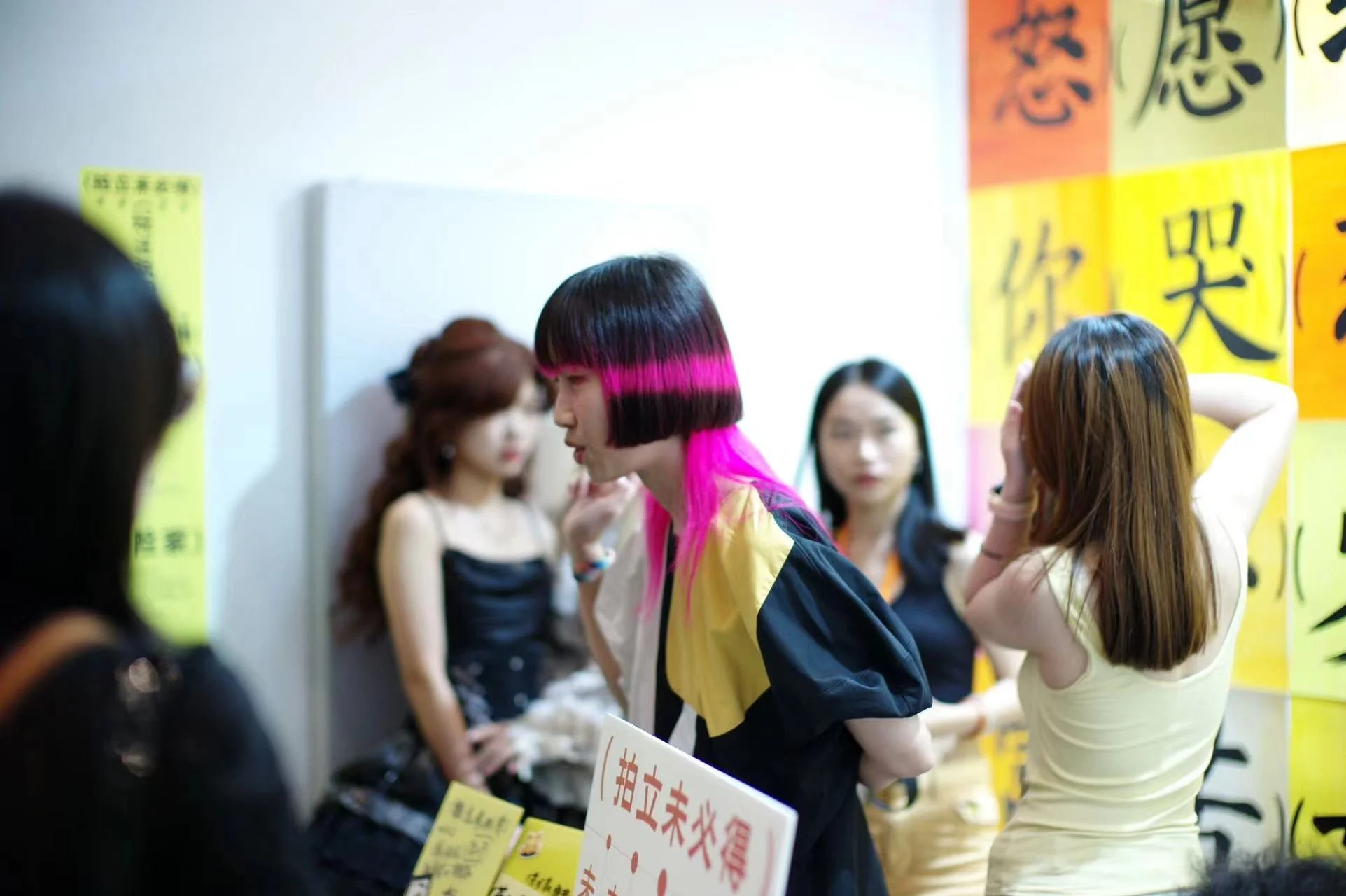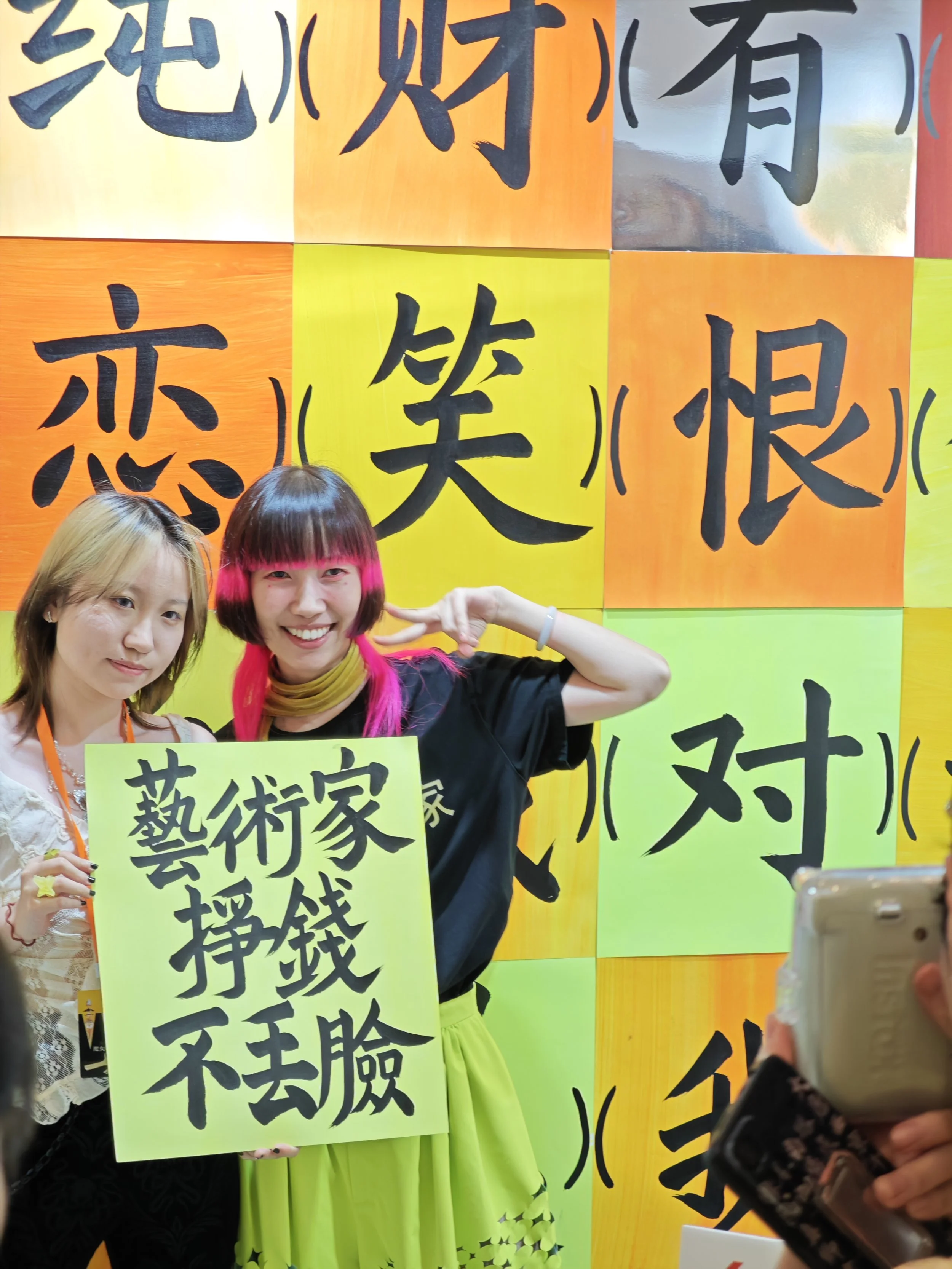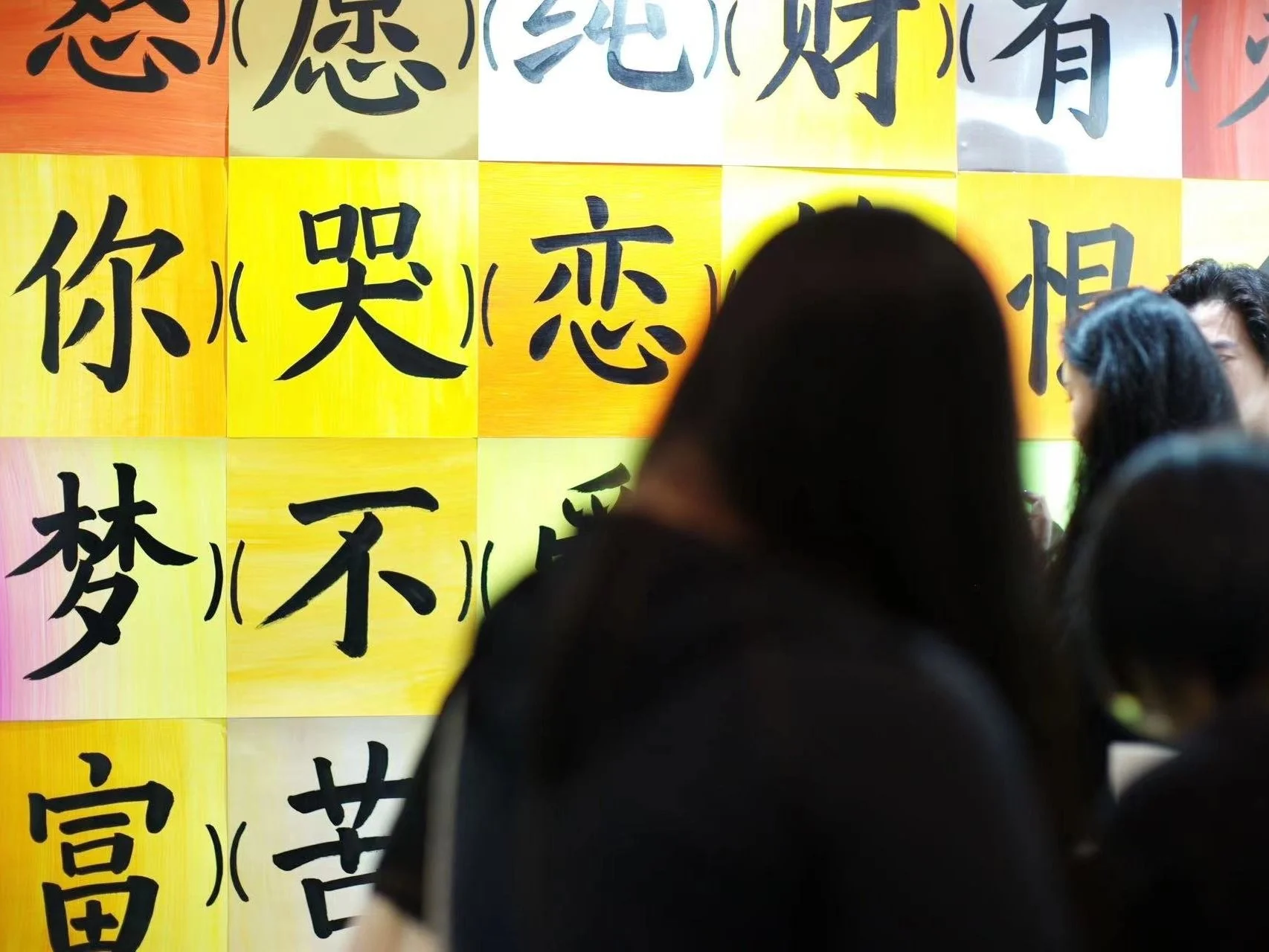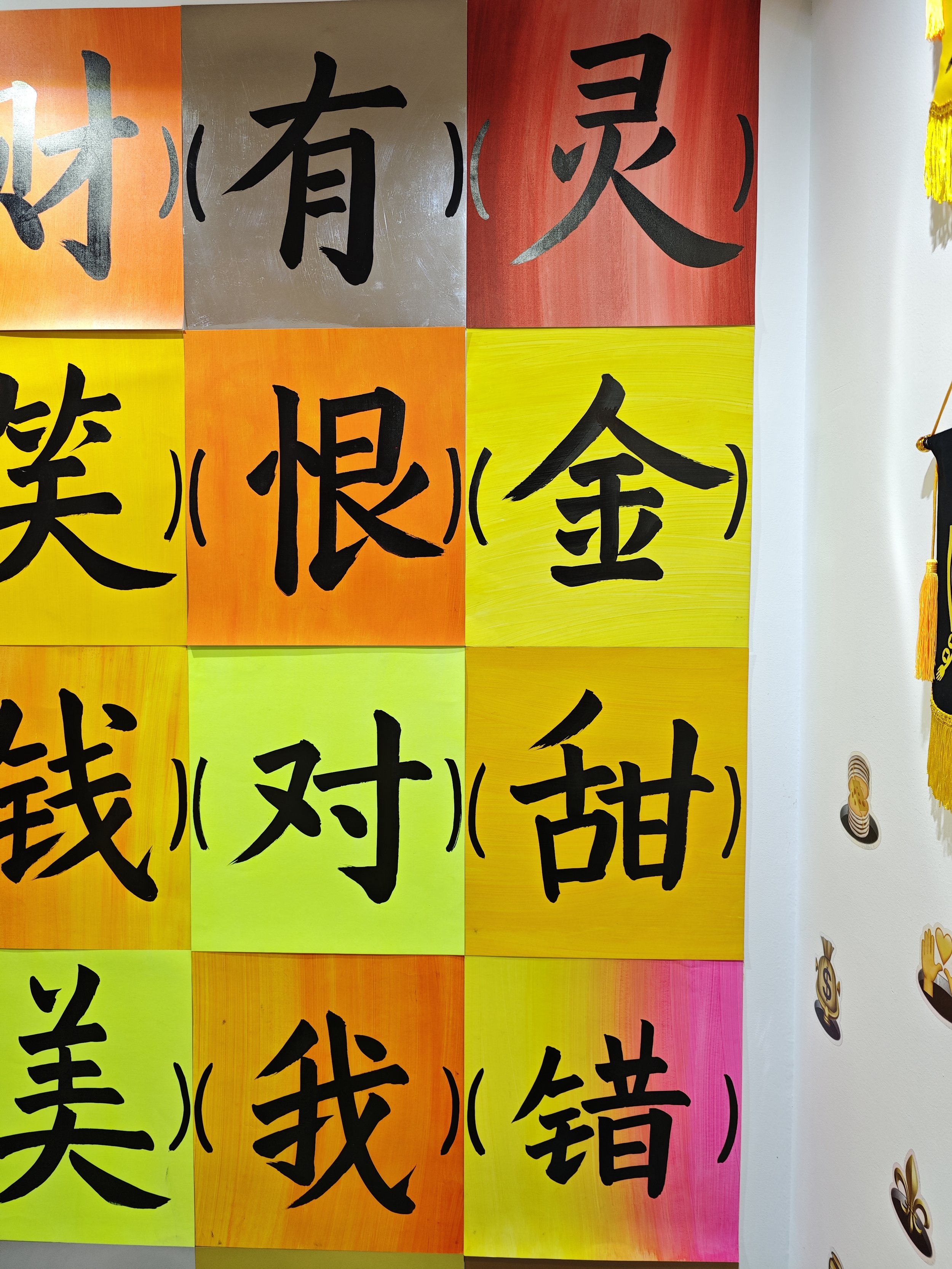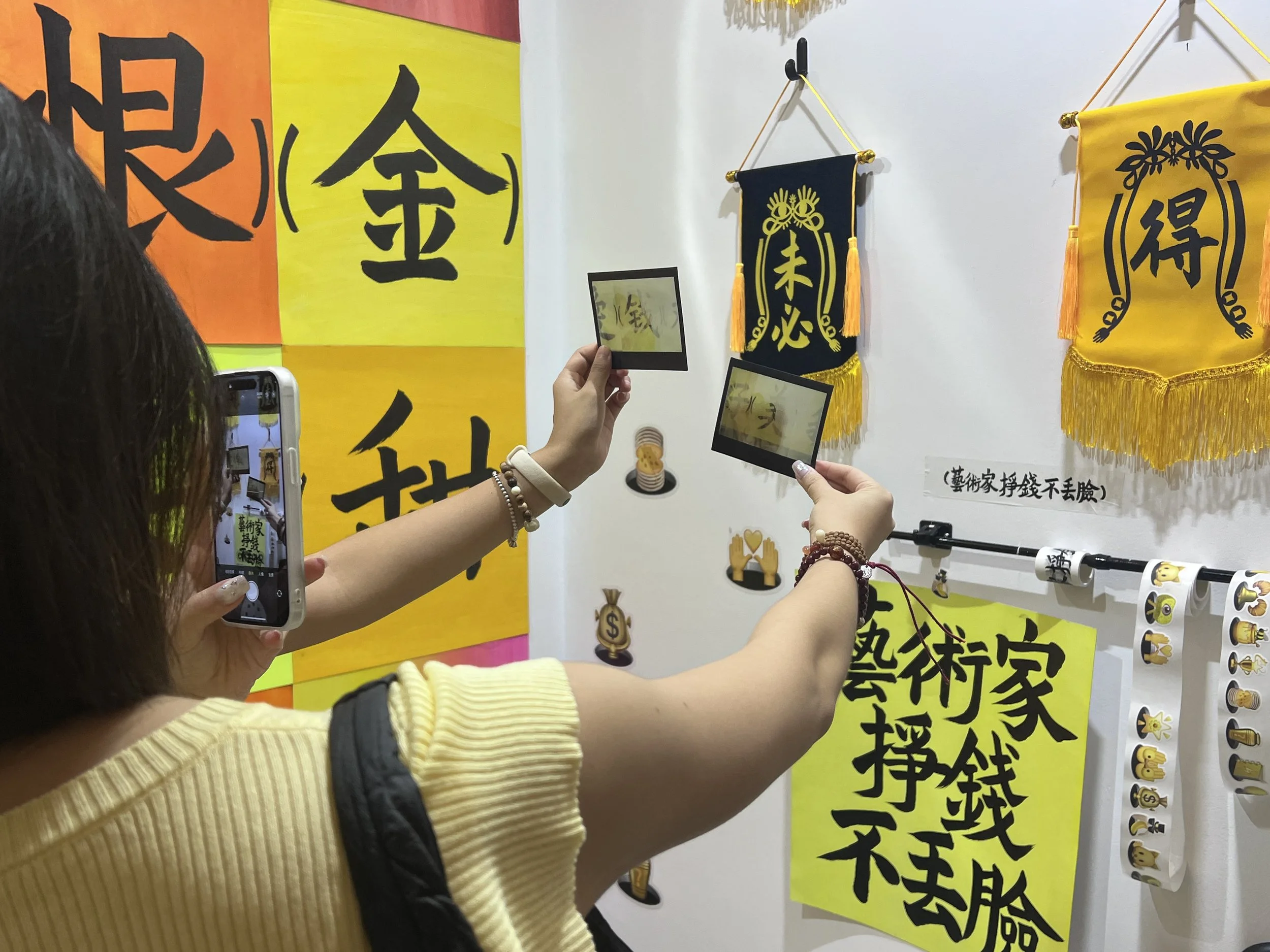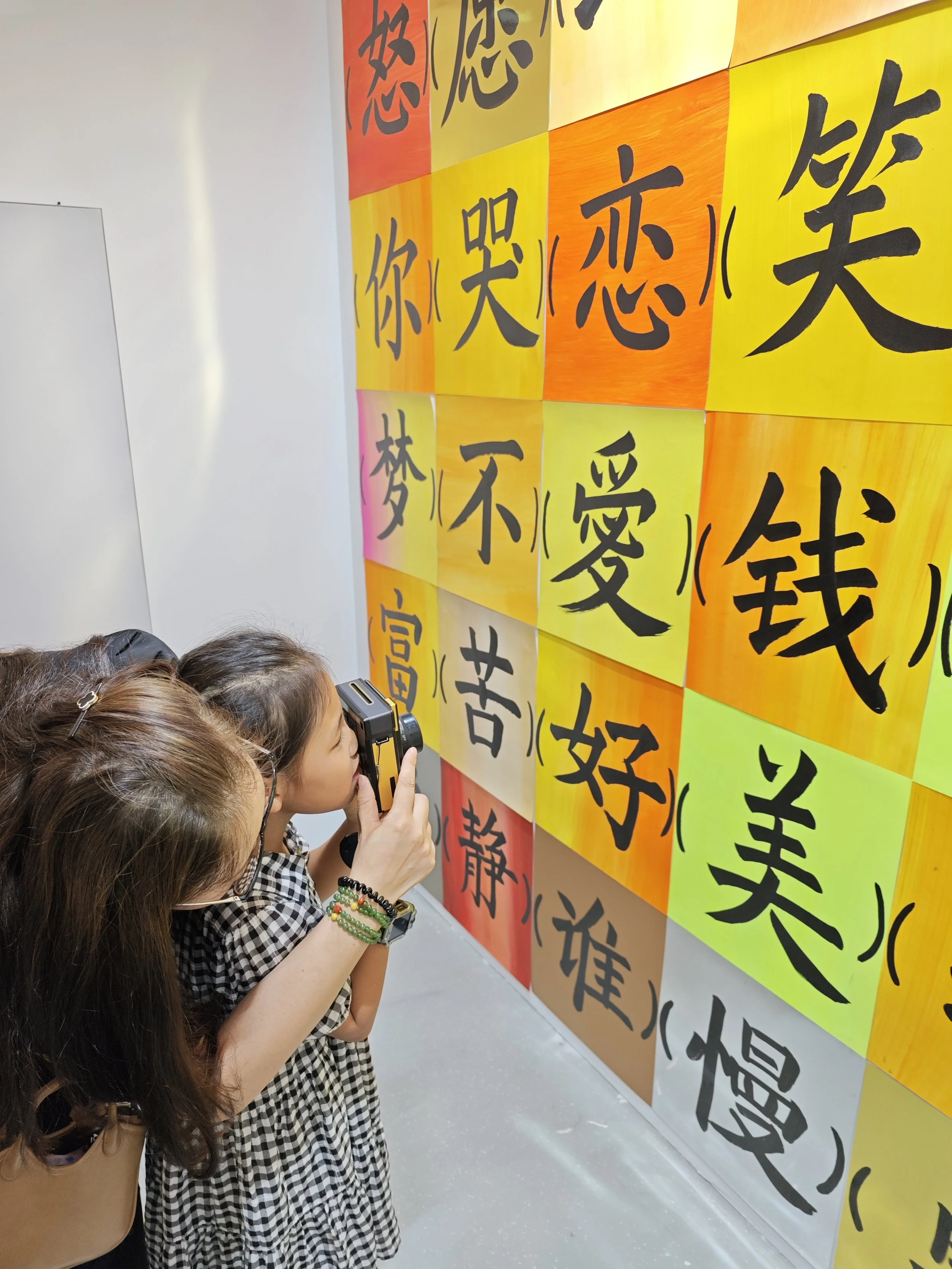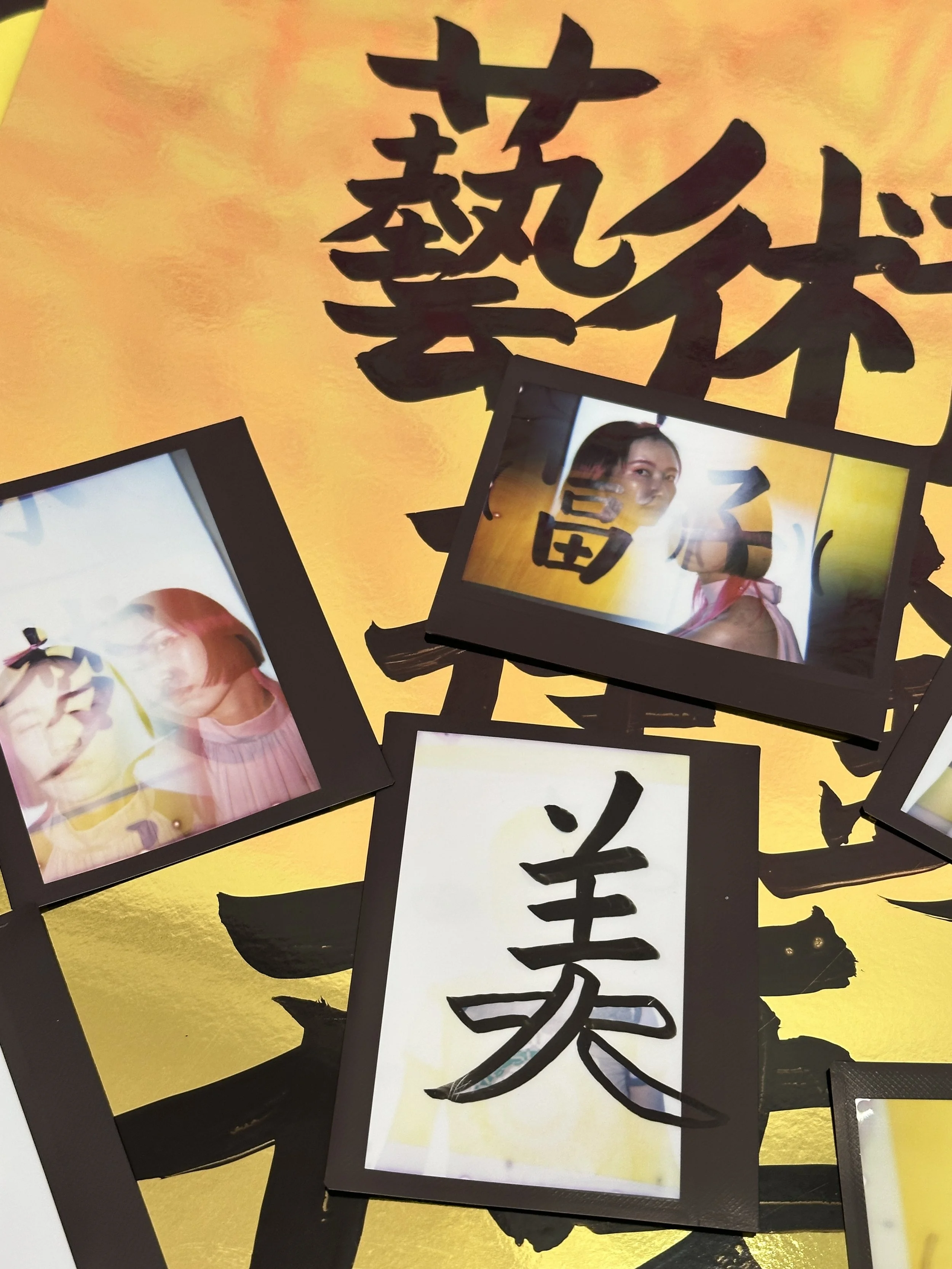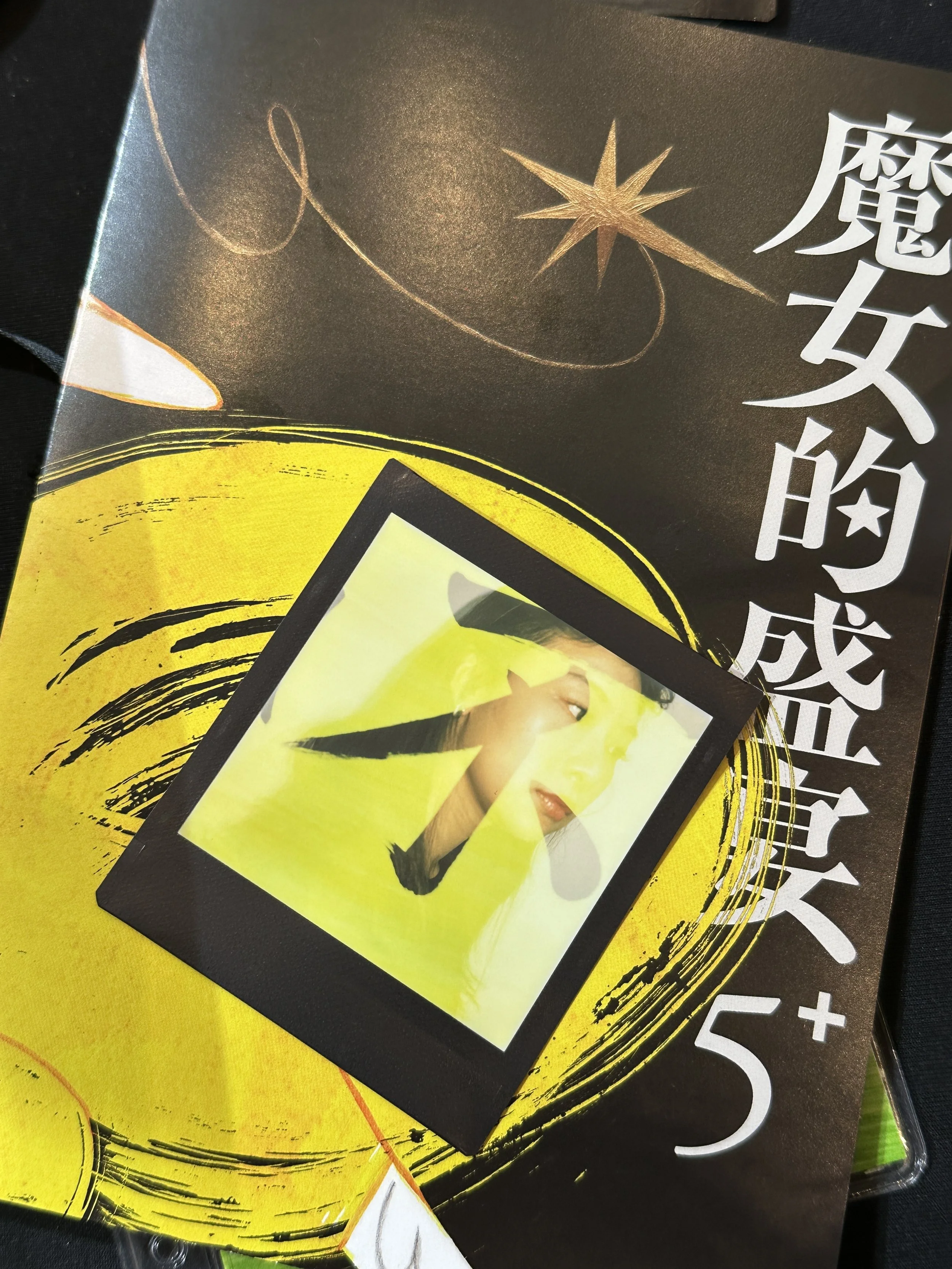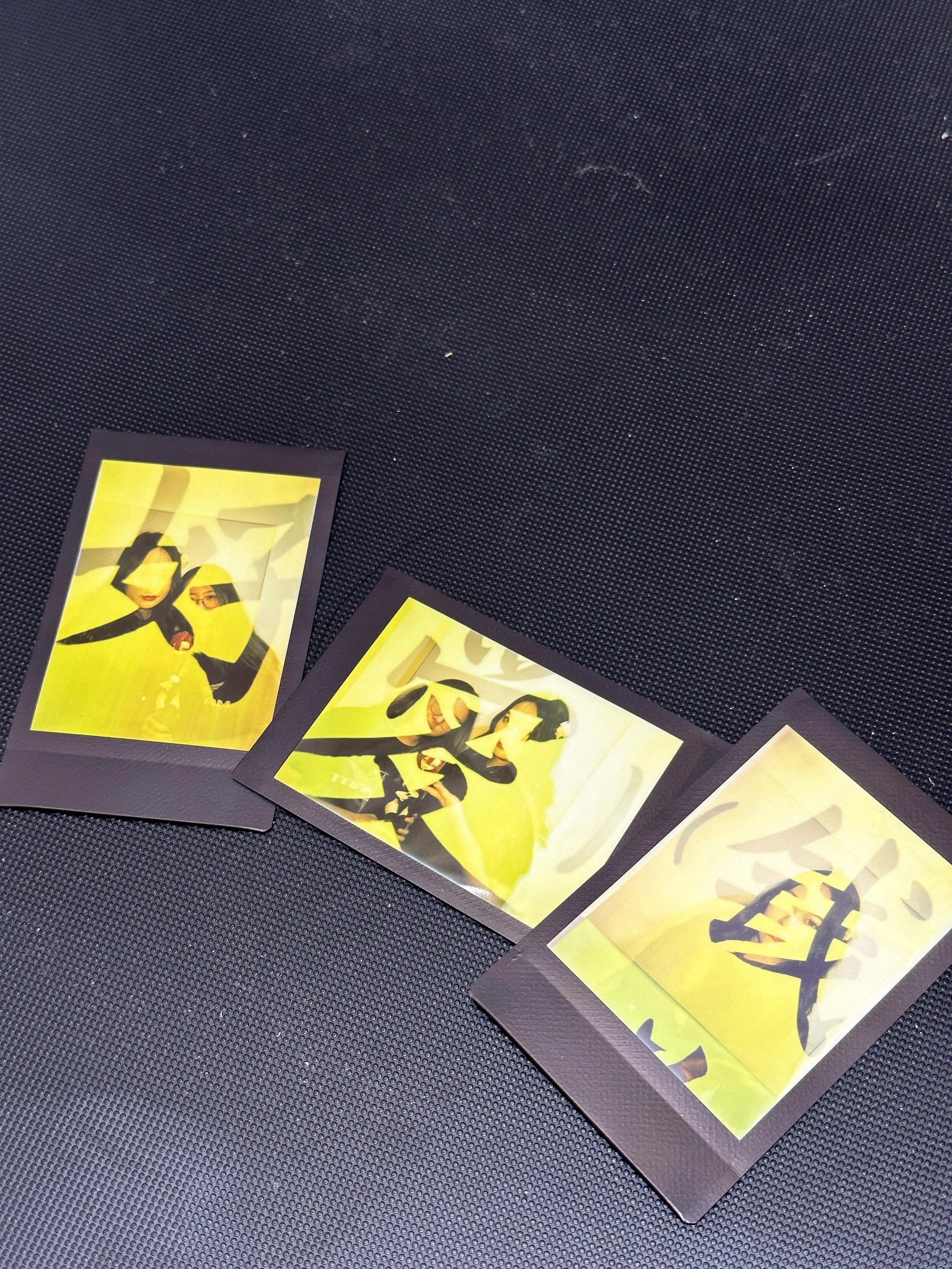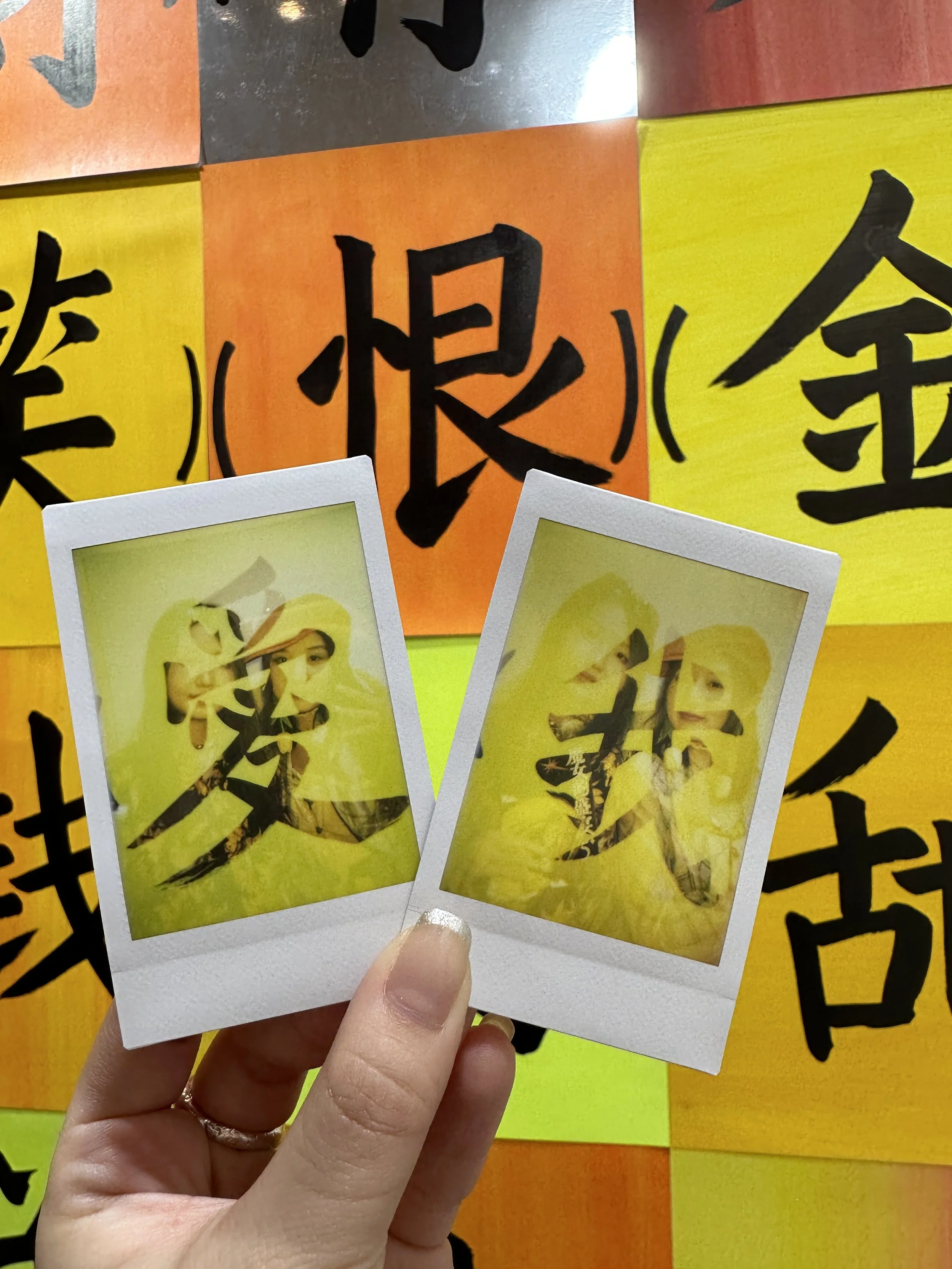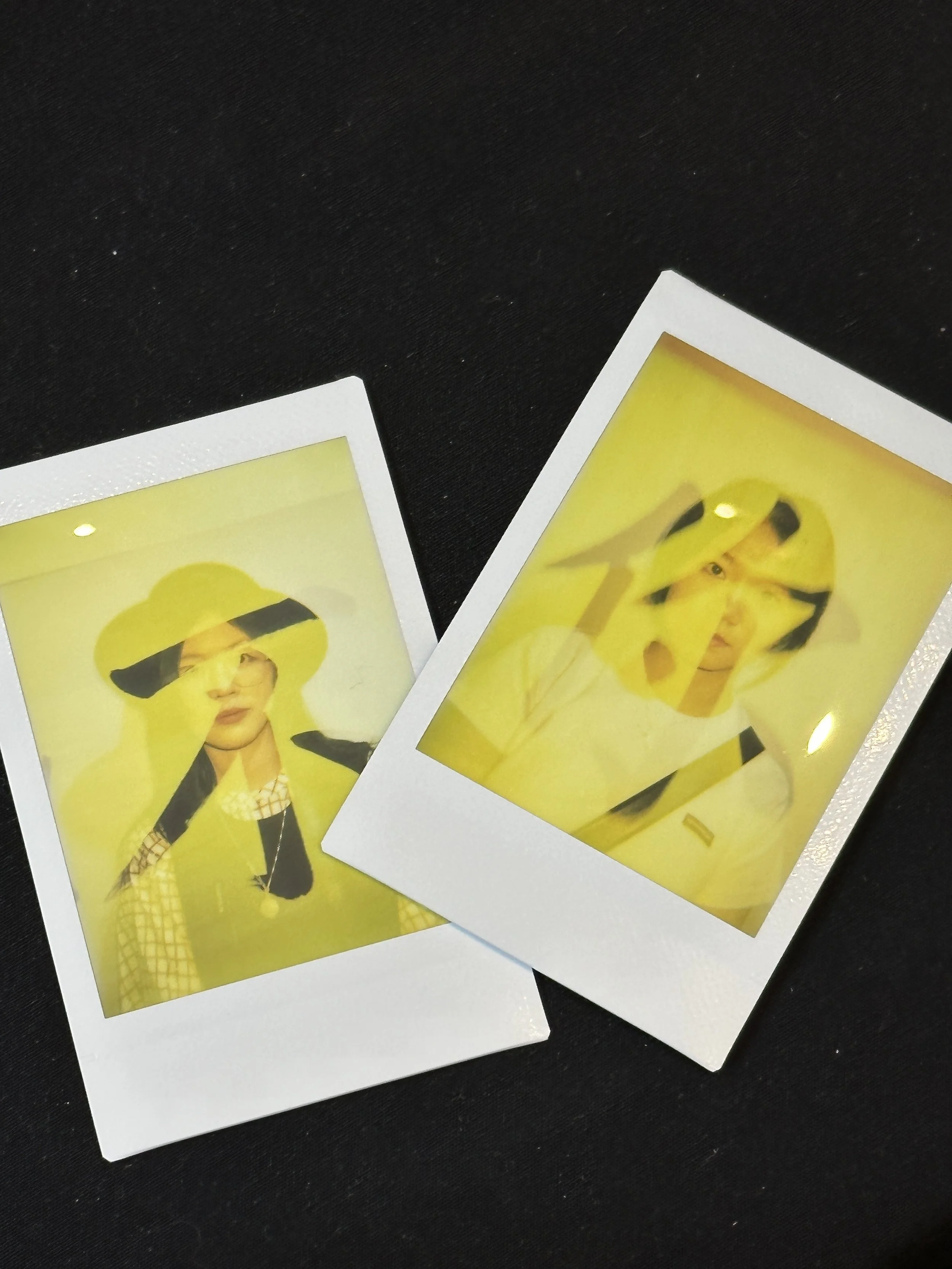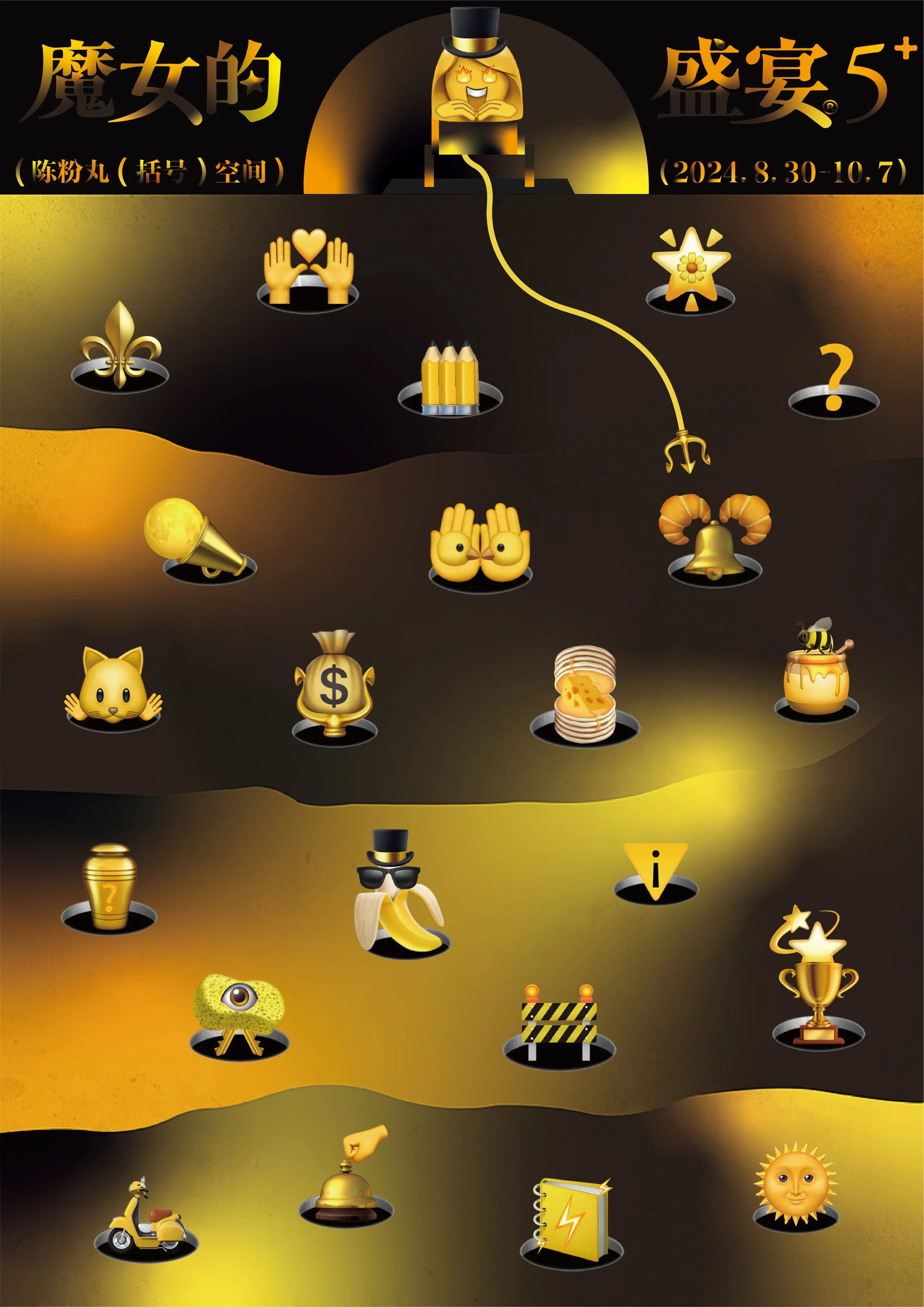魔女的盛宴5——宝藏青年艺术特展
Witches Feast 5 - Goldmine: Youth Art Exhibition
30 Aug. 2024 - 07 Oct. 2024
Sea World Culture and Art Center, Shenzhen, China | Group Exhibition
(大声发大财)
装置
2024
金属、pvc、压字地毯
植物和艺术家在「赚钱」这件事的态度是否有可比之处?
观赏植物自卖自夸式的别名常与金钱挂钩,直言其招财意头;对于艺术家而言,「敢不敢标价」及莫名的羞耻似乎是排在「才能是否可以量化」前面更耐人寻味的话题。
商贩与艺术家、植物与作品,所卖之物的价值均是工具理性意义上的难以验证;两类开价者在其中也有台前幕后之别,先看见物还是人是影响赚钱脸皮的核心变量吗?
(Loudly Make a Fortune)
Installation
2024
Metal, PVC, Embossed Carpet
Can we draw a comparison between how plants and artists approach the idea of “making money”?
Ornamental plants often boast flashy names that link them to wealth, making bold claims about their ability to bring fortune. For artists, though, the question of “daring to price their work” and the odd sense of shame that comes with it is perhaps even more thought-provoking than whether their talent can be measured in monetary terms.
For both vendors and artists, and for plants and artworks, the value of what they sell is difficult to verify in purely practical terms. There’s also a distinction between how the two groups set their prices—some do so openly, while others stay behind the scenes. Does it make a difference whether we see the product or the person first? This may be the key factor that determines how easily one can make money.
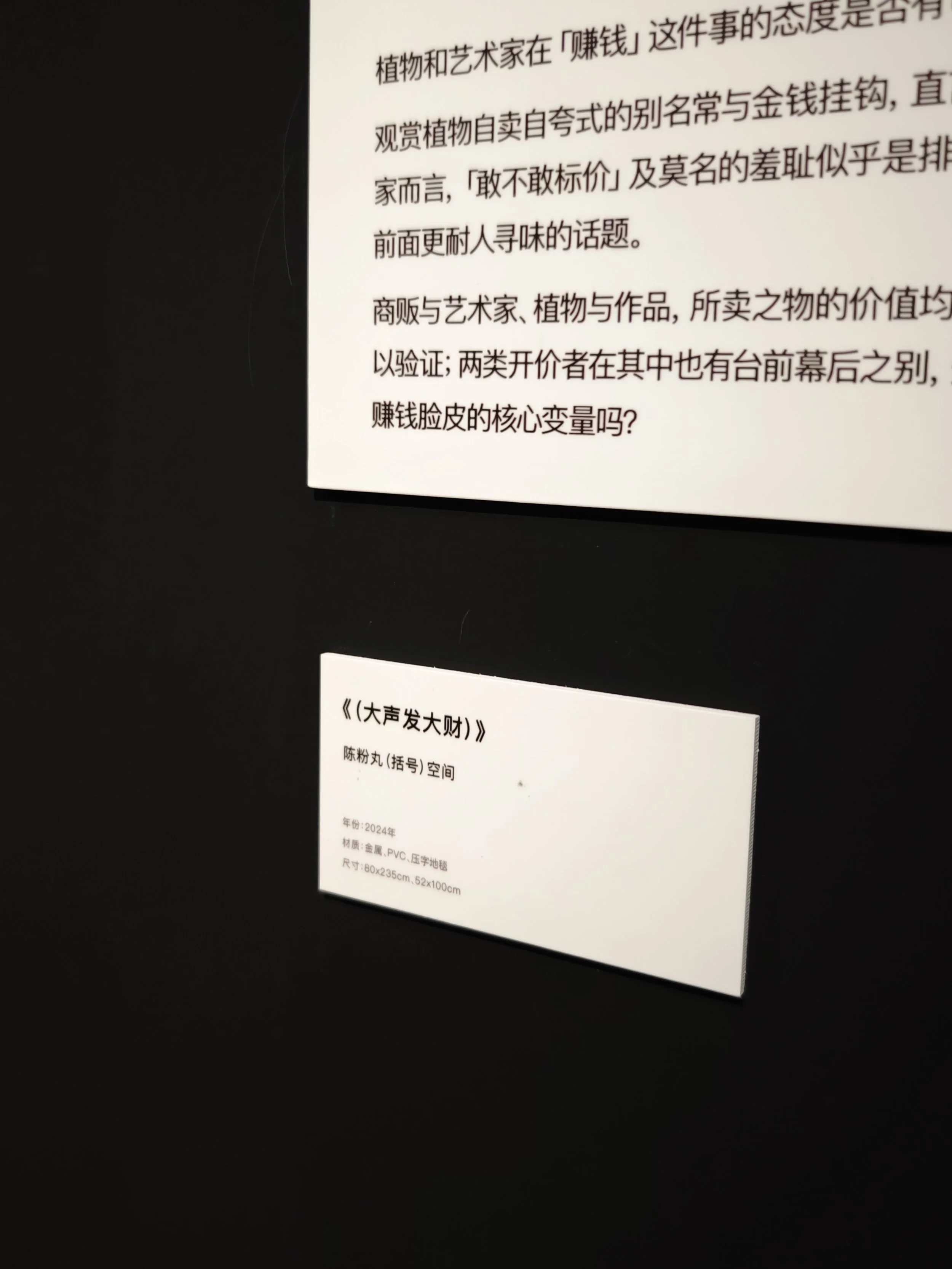
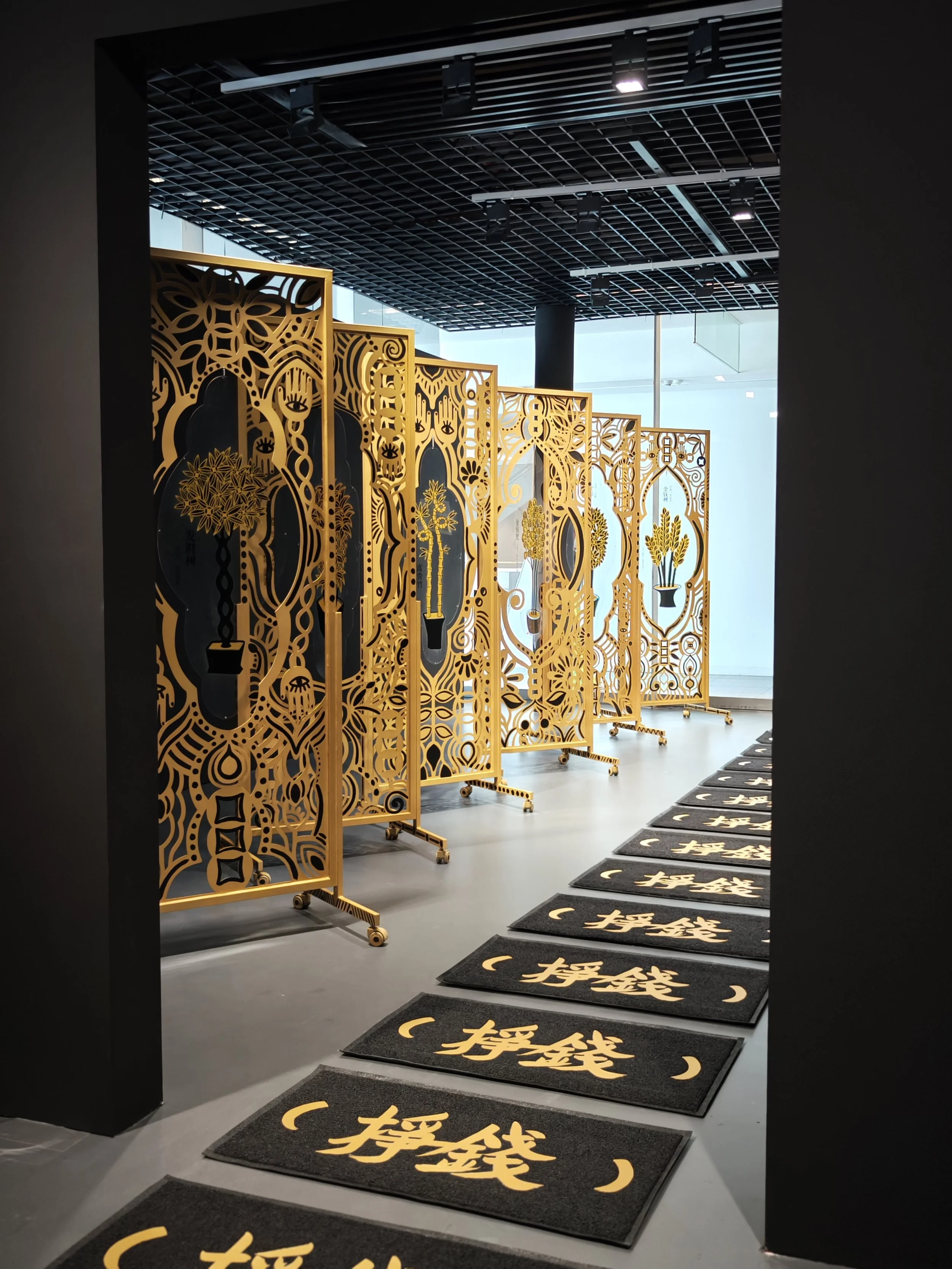
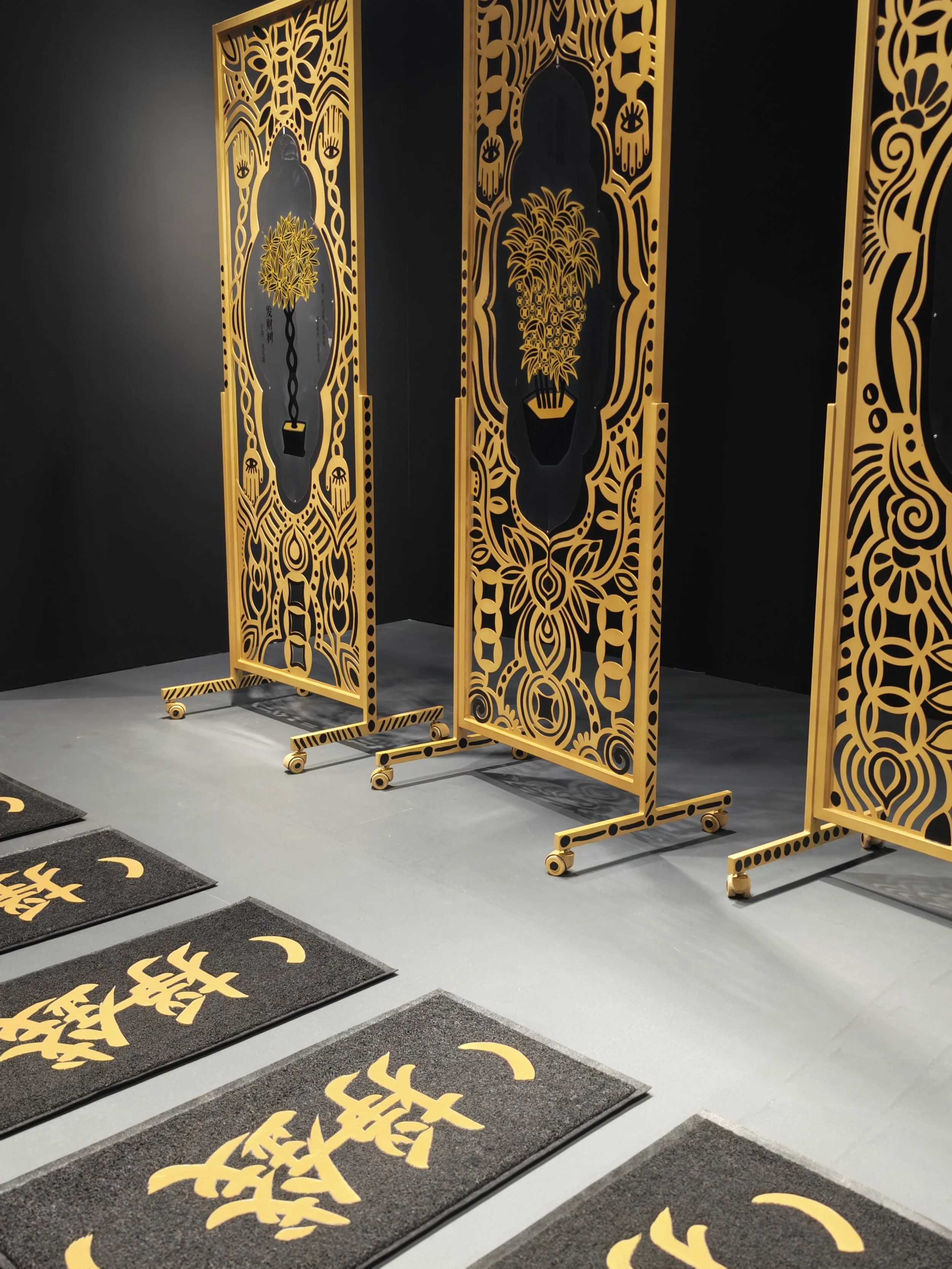
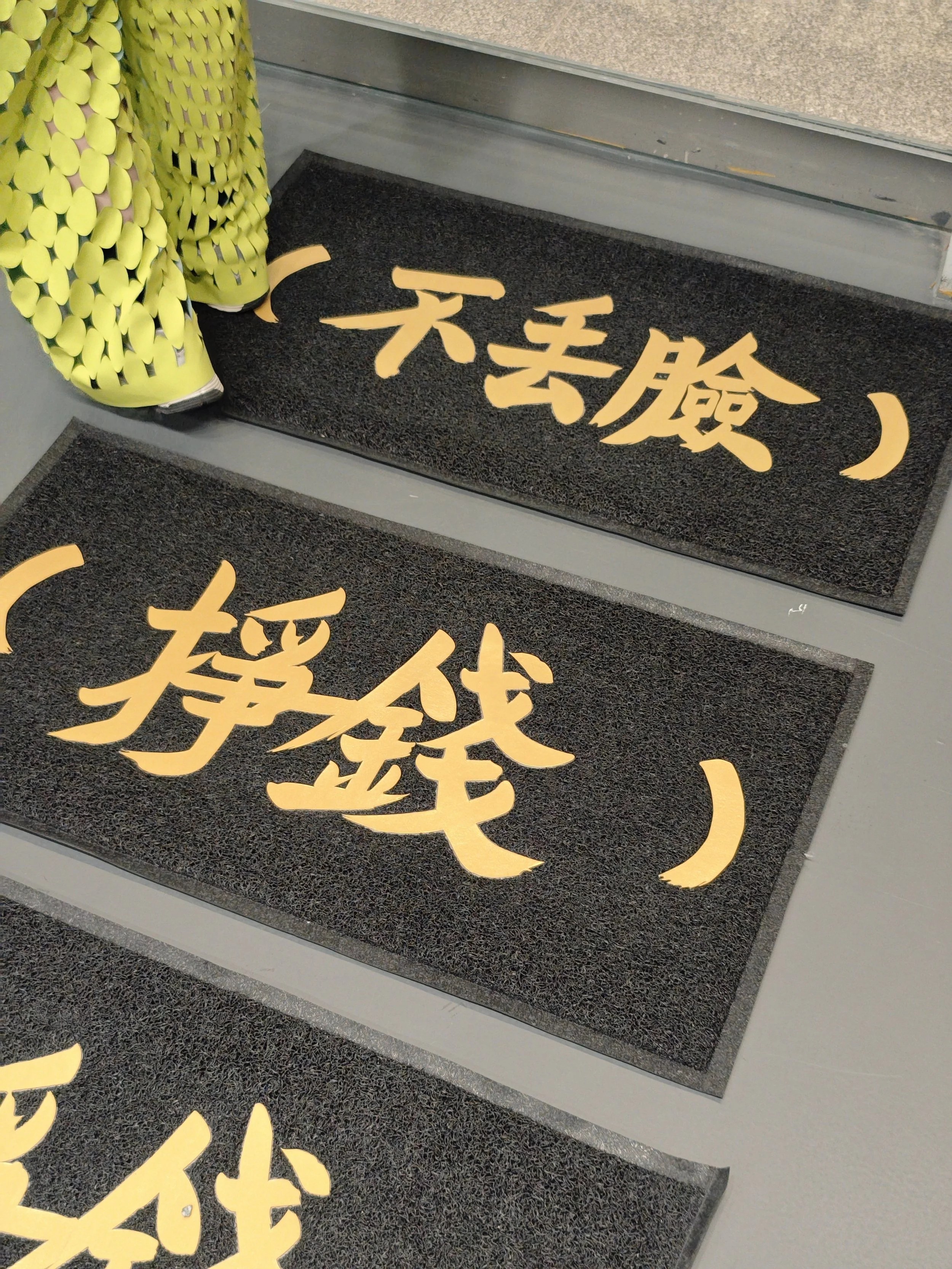
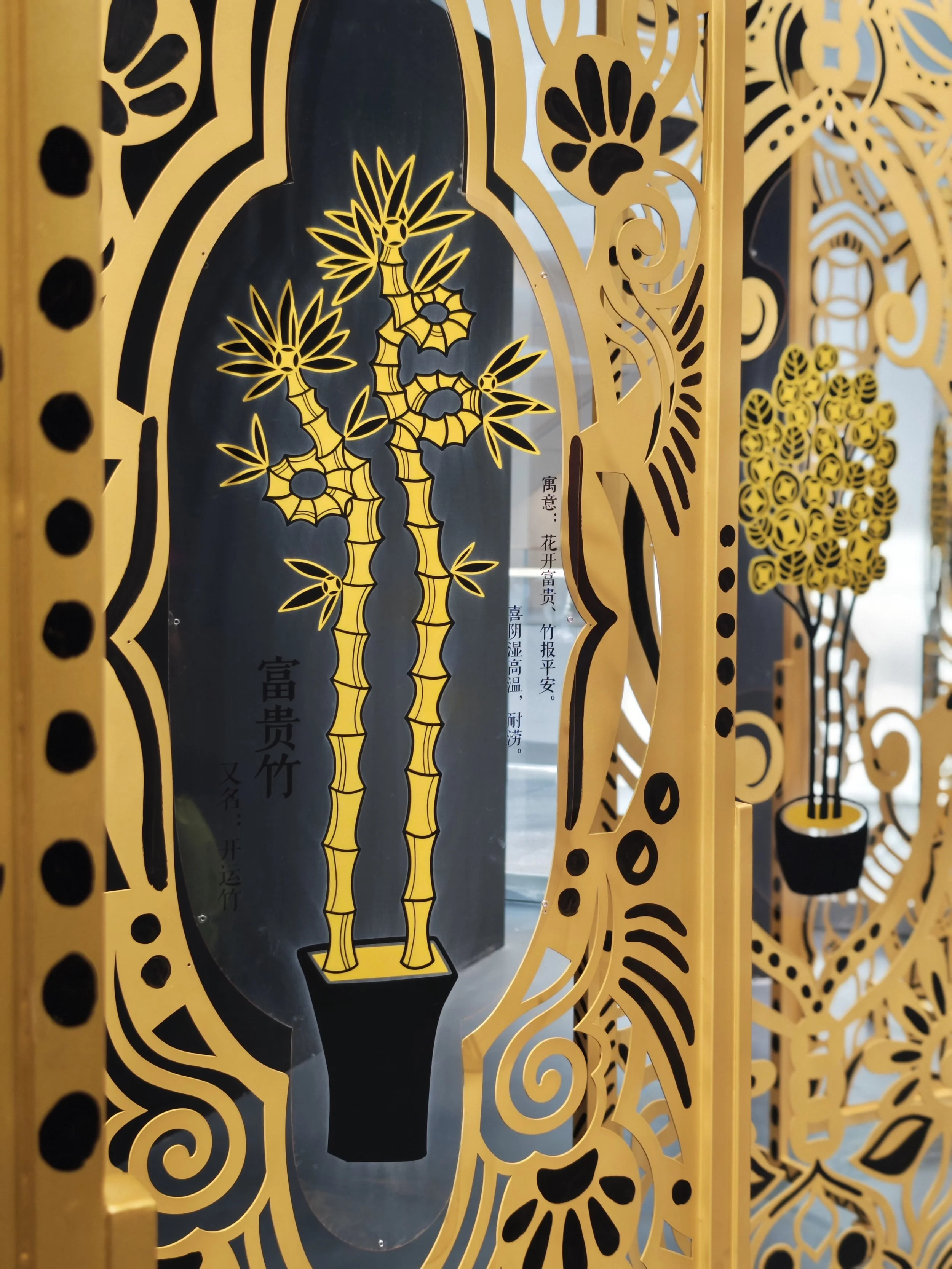
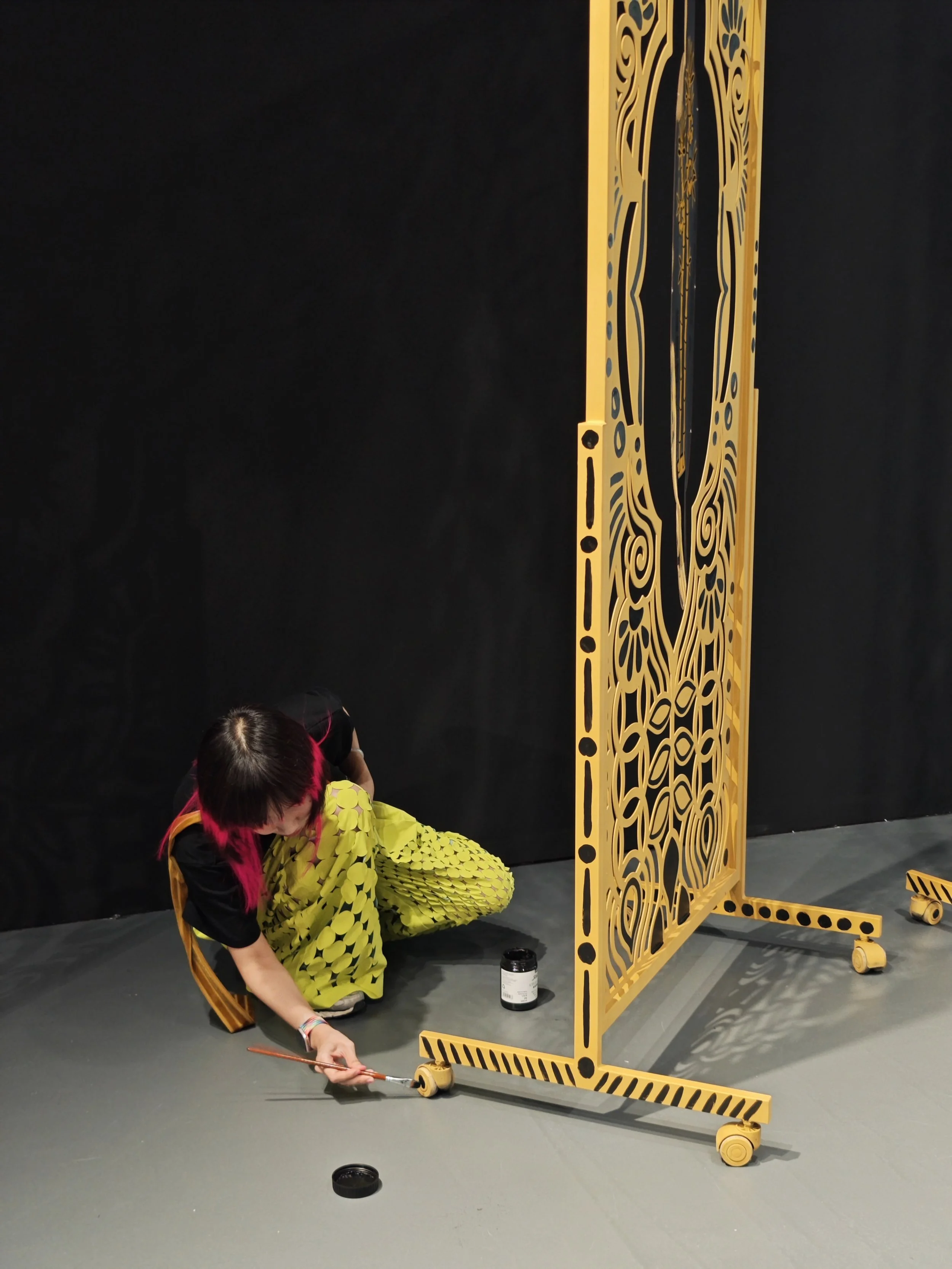
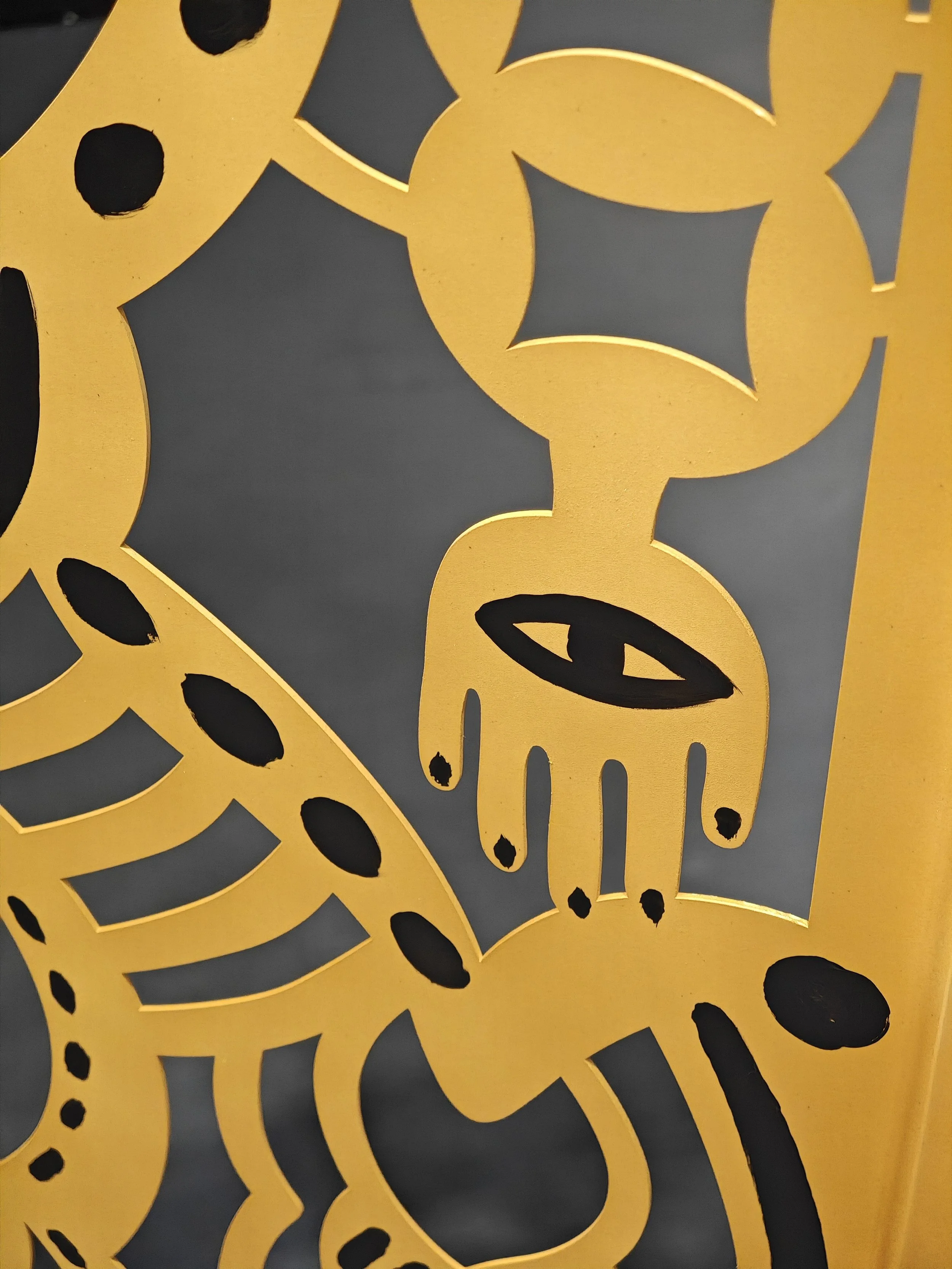
(拍立未必得)
行为实验
2024
(拍立未必得)实验项目是利用艺术家陈粉丸的三台不同尺幅的lomography拍立得来进行的一场不确定的实验。首先,粉丸书写了若干组反义词,贴在一面墙上。再利用双重曝光的特性,和Lomo相机关机之后依然可以继续曝光的特点。粉丸为参与者拍下的肖像照会和上一个参与者选择并拍下的一个字重合在一起,生成一张双重曝光的照片。直到照片显影后,大家才能看⻅自己的脸和什么字重合在一起。而且参与者还需要为再下一位参与者留下一个字,以此接力下去。
(Insta-maybe: When Cameras Play Hard to Get)
Experimental performance
2024
The experimental project uses artist Chen Fenwan’s three Lomography instant cameras of varying sizes for an unpredictable creative exploration. Fenwan first wrote several pairs of antonyms and posted them on a wall. Leveraging the cameras’ double exposure feature—and the fact that Lomo cameras allow continued exposure even after being turned off—she created portraits where each participant’s photo would overlap with a character chosen and photographed by the previous participant, resulting in a unique double-exposure image.
Only after the photo was developed could participants see which character had merged with their own faces. Each participant was then asked to leave a new character for the next person, continuing the relay of words and images.
